1 Comment
Leave a Reply
You must be logged in to post a comment.
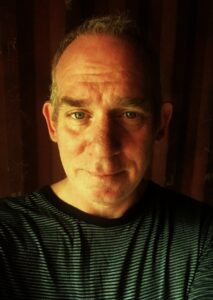 Can you tell us about your earliest artistic influences and what drew you to the world of fine art?
Can you tell us about your earliest artistic influences and what drew you to the world of fine art?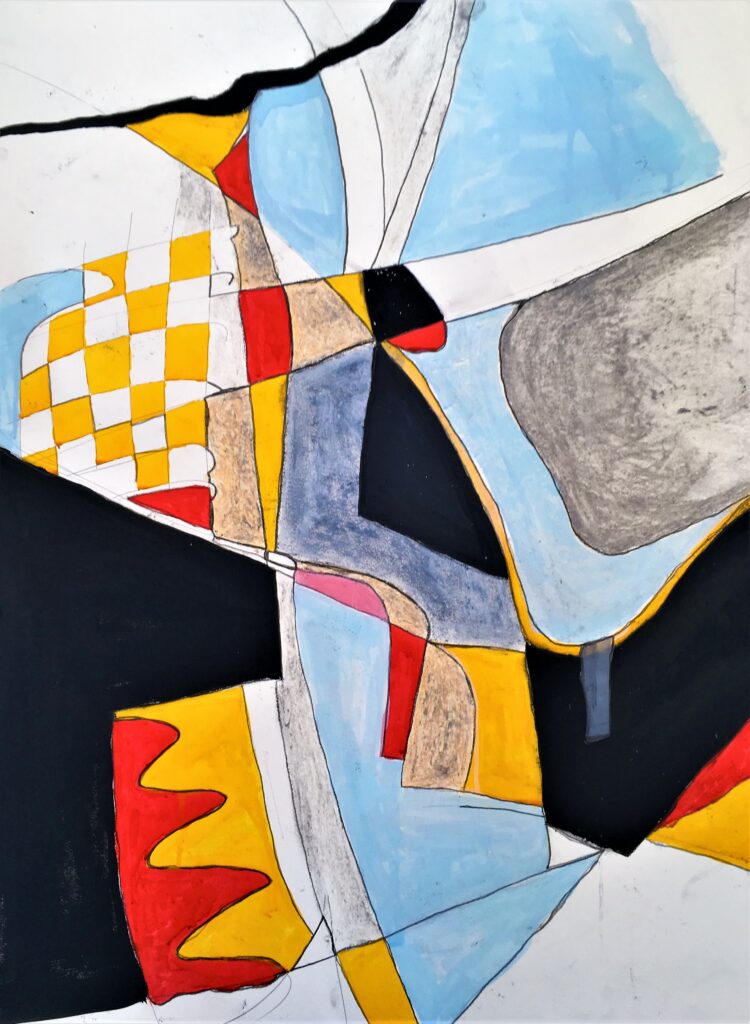
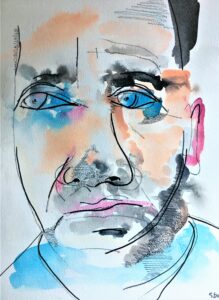 Your work involves a mix of acrylic, ink, and watercolor. What drives your choice of medium for each piece?
Your work involves a mix of acrylic, ink, and watercolor. What drives your choice of medium for each piece?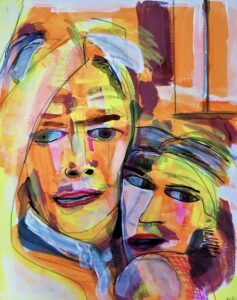 What was it like to give a TEDx talk on ‘Stammering and Creativity’? How has this experience influenced your work?
What was it like to give a TEDx talk on ‘Stammering and Creativity’? How has this experience influenced your work?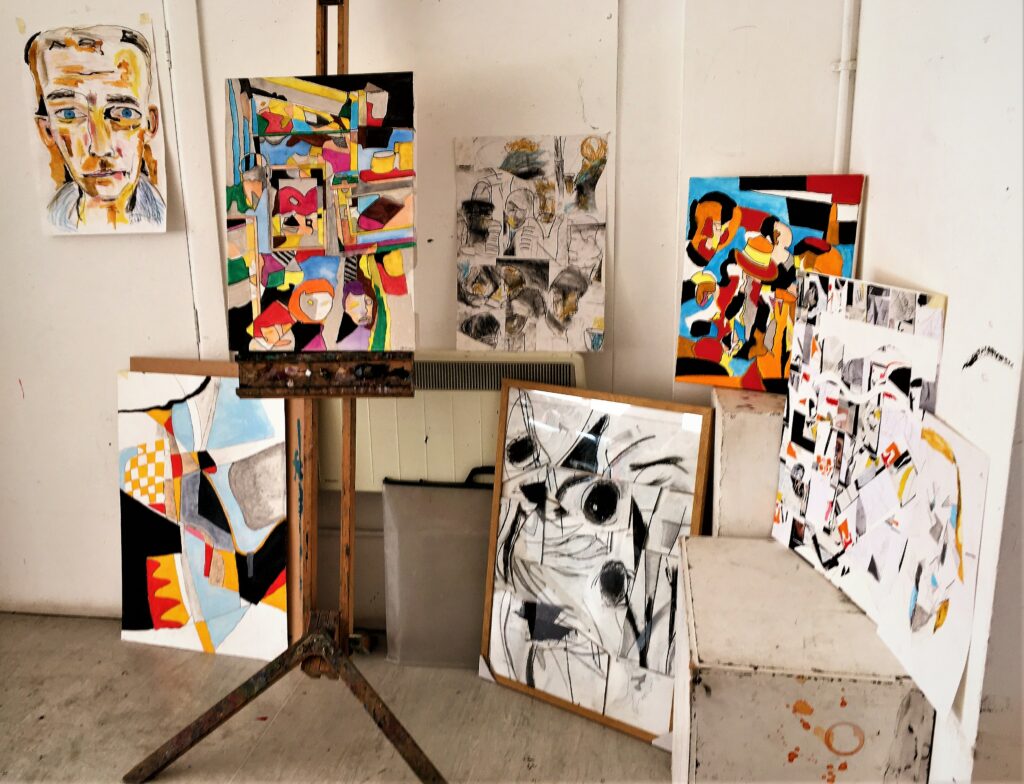
You must be logged in to post a comment.

Zola S.
When I look at your art this all I can thin about is a human phenomenon. When I go to the art museum I see such great artists, and you are among one of them. Yes, you are among the great ones! Love the expressions which brings out great emotional intensity. Z